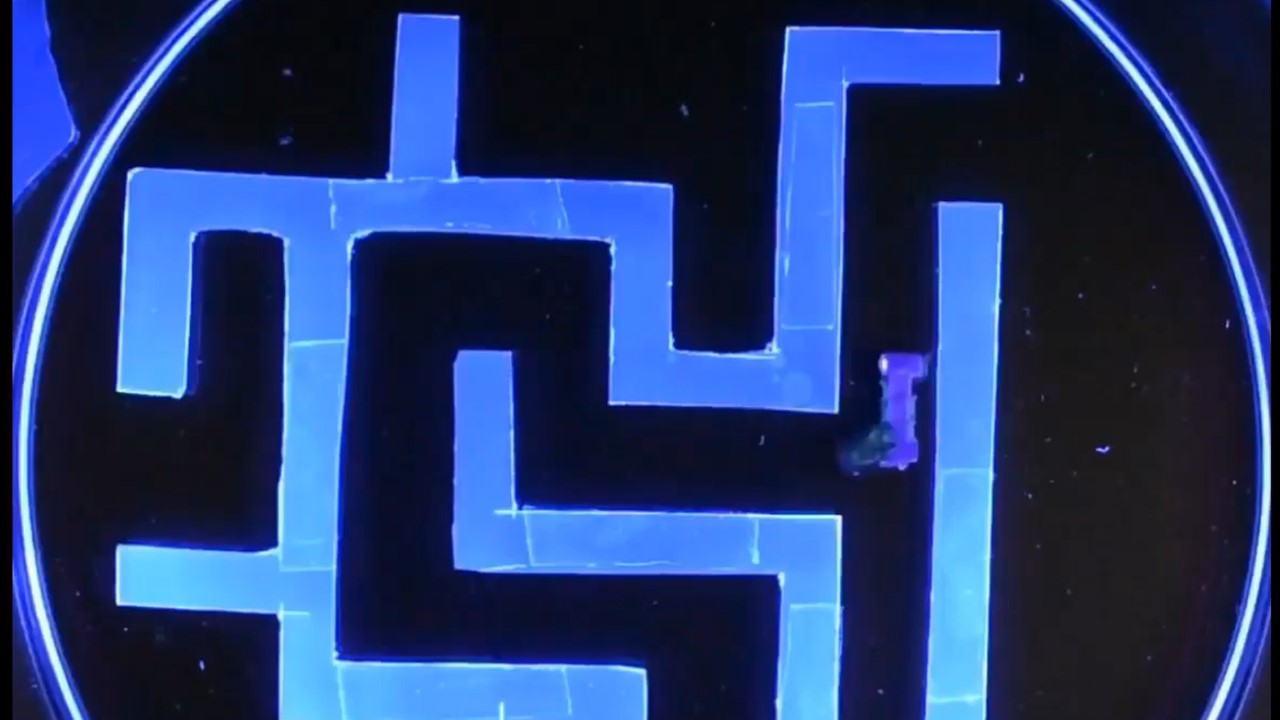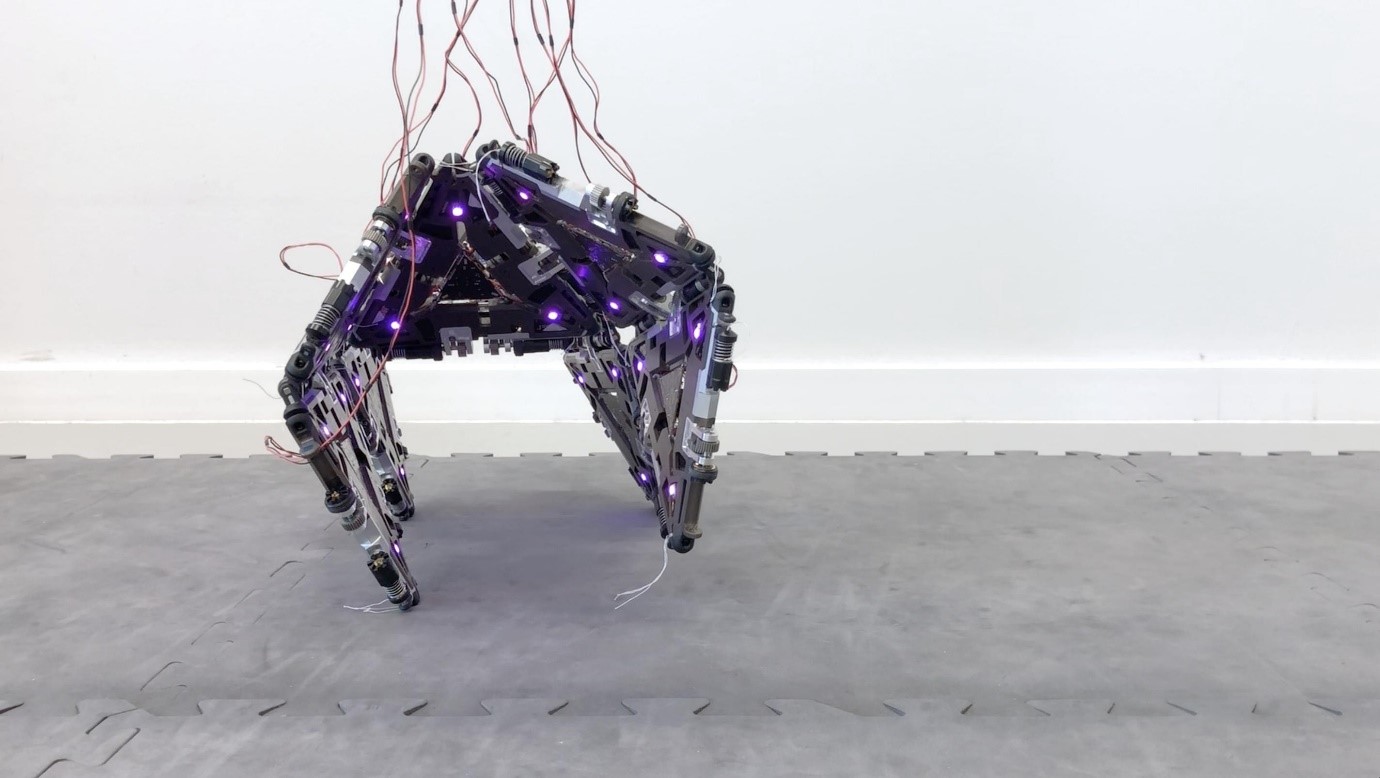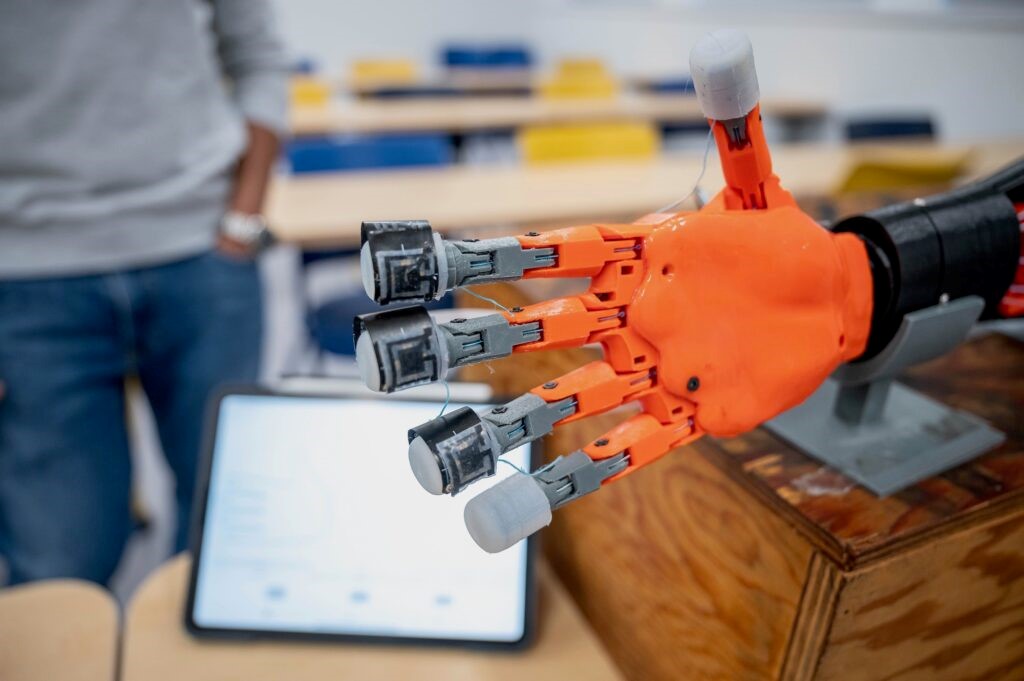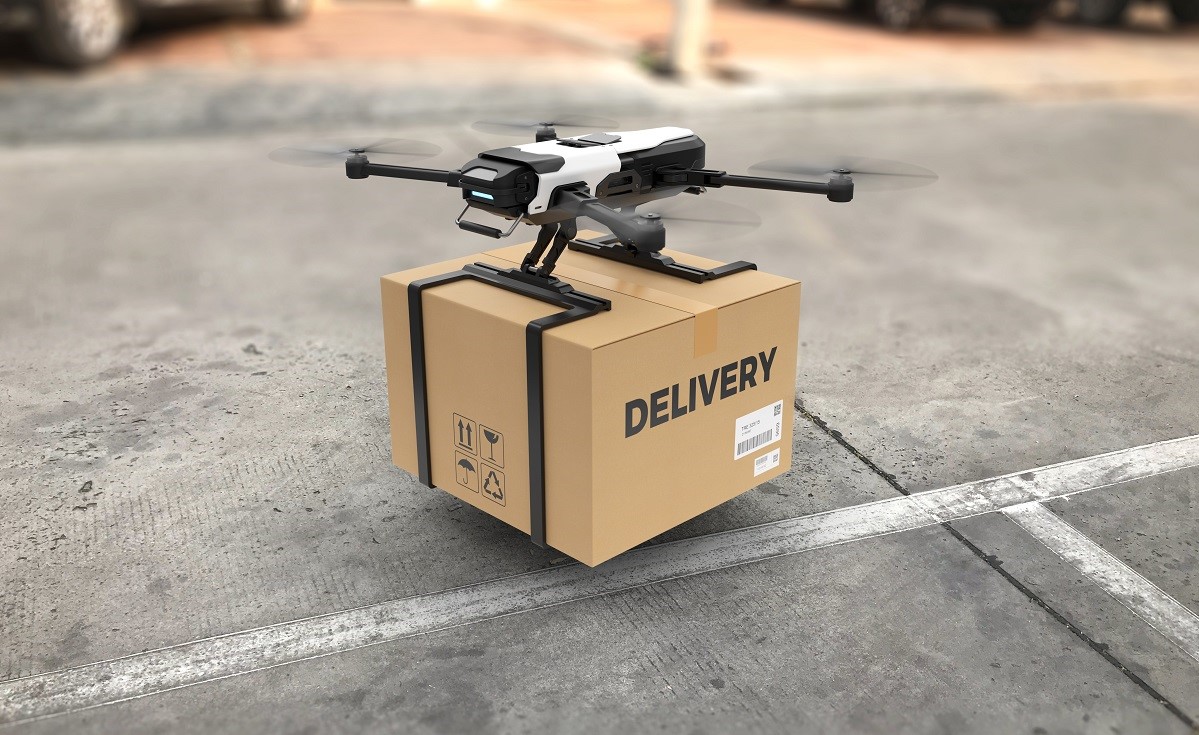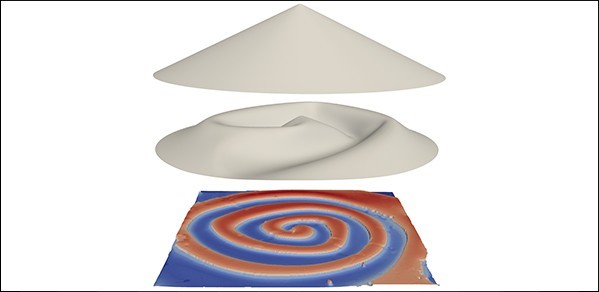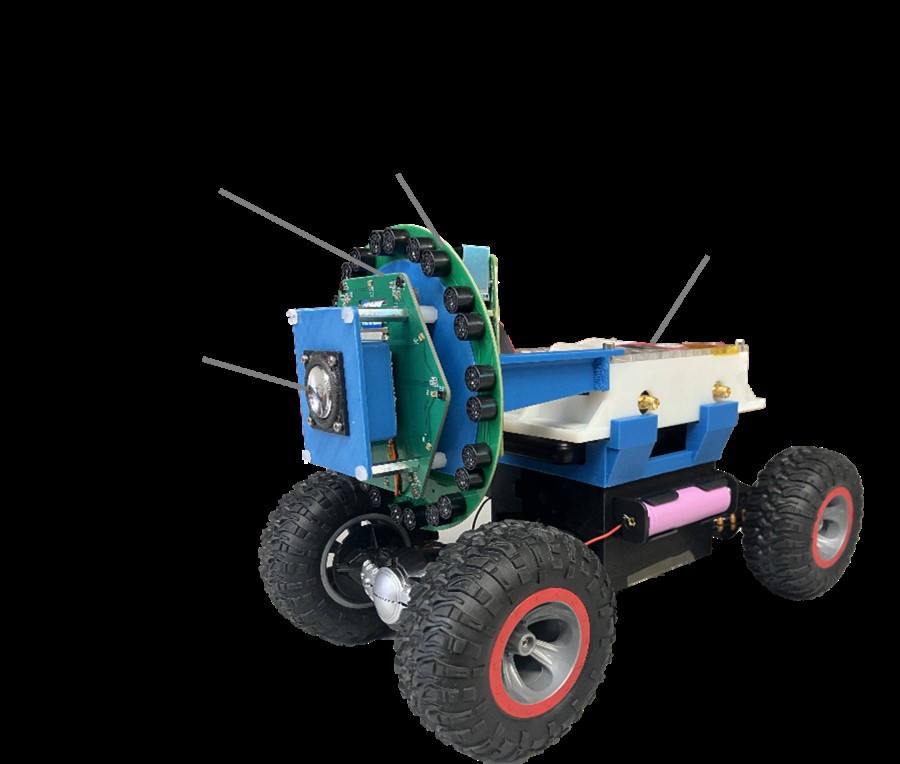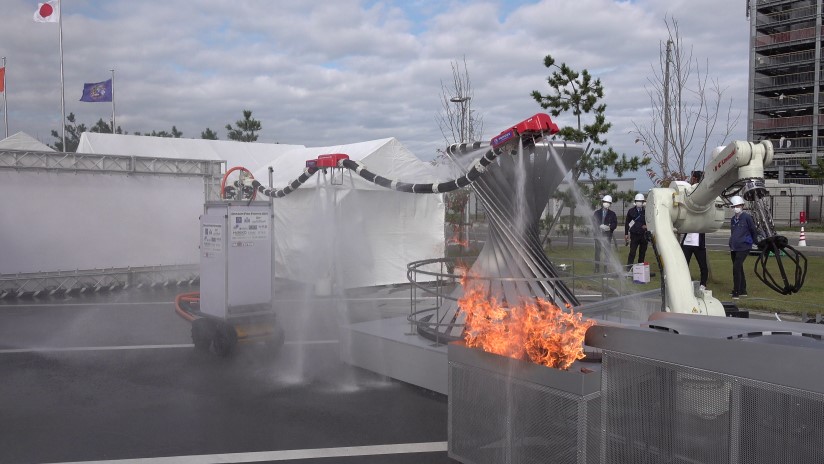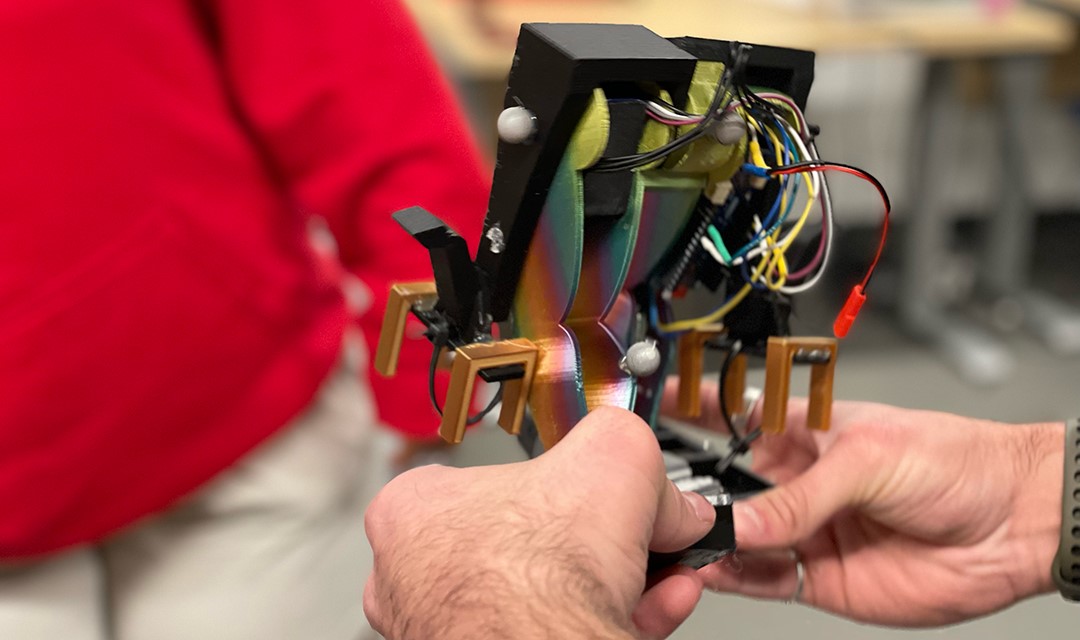Robotic Dog Is Superior to Humans at Identifying Invasive Fire Ant Nests
Researchers have found that robotic dogs equipped with artificial intelligence outperform humans in identifying nests of invasive fire ants. These robotic dogs can effectively locate fire ant nests and safely provoke the aggressive ants, aiding researchers in identifying and eradicating these notorious pests. The red imported fire ant (Solenopsis invicta) poses a significant threat due to its venomous sting and the extensive ecological and agricultural damage it causes worldwide, costing billions of dollars annually. By utilizing robotic dogs, researchers are exploring a promising approach to combat this invasive species and mitigate its destructive impact.[1]
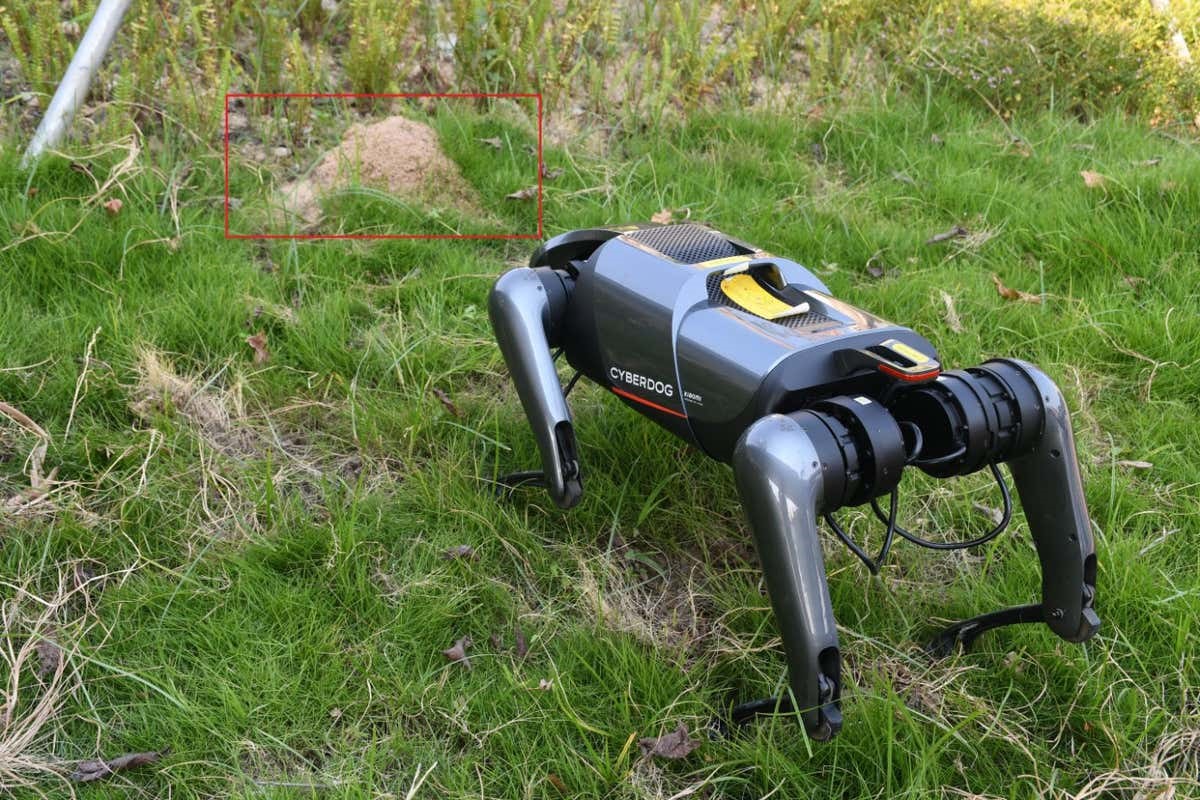
Figure 1. Robotic Dog Is Superior to Humans at Identifying Invasive Fire Ant Nests.
Figure 1 shows Fire ants are notorious invasive pests that cause significant ecological disruption and harm. Unlike most ants that provide beneficial ecological services, fire ants can wreak havoc on ecosystems by disrupting food chains and causing chaos. Their venomous stings are incredibly painful and can result in unpleasant encounters. However, a new AI-powered robotic system offers hope in reducing such encounters. This innovative technology can locate fire ant hives without the need for humans to endure painful ant bites. By identifying and eradicating the nests, this robotic system has the potential to minimize the number of painful run-ins with fire ants and mitigate their detrimental impact.
Researchers at Lanzhou University in China have developed an open-source AI system that was trained on images of fire ant nests under different conditions. The AI system was then integrated into a quadrupedal robot dog, specifically the Xiaomi CyberDog. The robotic dog was assigned the task of surveying nursery gardens spanning an area of 300 square meters to identify ant mounds. When a fire ant nest was found, the robot dog interacted with it by pawing at it, causing disturbance to the ants. Researchers then analyzed the number of ants and their aggression levels to distinguish between regular species and the invasive fire ants. This approach allows for efficient detection and analysis of fire ant infestations without subjecting humans to potential ant bites or harm.
The robotic dog developed by the research team demonstrated remarkable performance compared to human surveyors. Even after the human surveyors received an hour of pest identification and management training, the robot dog outperformed them. Both the robot and the humans conducted a 10-minute search in the same nursery fields. The AI system integrated into the robot dog not only detected three times more fire ant nests but also achieved a high precision rate of 95% in accurately identifying them. However, the robotic dog struggled slightly in identifying smaller nests that were recently established by a colony's queen. Overall, the robot dog's superior performance in nest detection and identification highlights its potential as an effective tool in managing invasive fire ant populations.
While the current system utilizing the robotic dog shows promising results, researchers acknowledge that further advancements can be made. They believe that utilizing a more advanced robot with improved battery life, maneuverability, and speed would enhance the efficiency of fire ant search-and-destroy missions. However, it is important to note that the task of managing fire ants is enormous, considering there are approximately 20 quadrillion ants worldwide.[2] Even with future advancements in robotic technology, it is clear that the challenge of addressing such a vast ant population will remain significant. Nonetheless, the development of advanced ant-identifying robots offers hope for more effective and efficient management strategies in the future.
References:
- https://www.newscientist.com/article/2377236-robotic-dog-spots-invasive-fire-ant-nests-better-than-humans/
- https://www.popsci.com/technology/fire-ant-robot-dog/
Cite this article:
Janani R (2023), Robotic Dog Is Superior To Humans At Identifying Invasive Fire Ant Nests, AnaTechMaz, pp. 1


